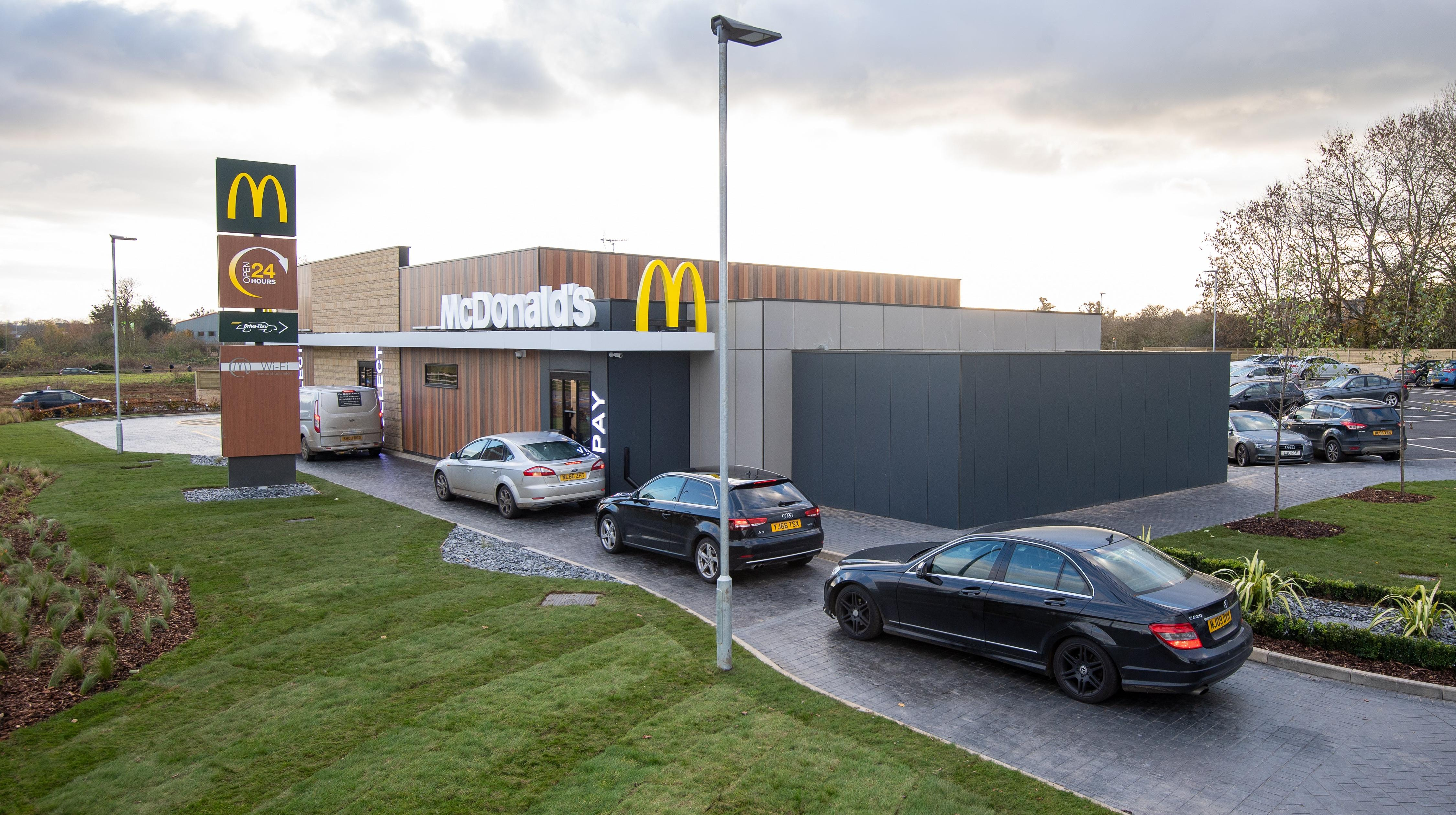Why Drive-Thrus Suck (And Aren't Getting Any Better)
The need for to-go food is increasing, but problems persist with drive-thrus.
Drive-thrus are popping up everywhere lately, and not always how we've come to expect. You can soon drive thru not just at standard fast food joints, but also at restaurants like Shake Shack, Sweetgreen, and Applebee's, where companies are trying to better cater to mobile pickup orders. According to QSR Magazine, drive-thru purchases now make up an average of 65% of total sales for locations that have them, so it's no wonder that more businesses are looking to get a slice of that pie. But it wasn't too long ago that cities were pushing to get rid of any drive-thrus for good. So what does the future of the drive-thru look like?
Why there’s an increase in drive-thrus
The first drive-thru was supposedly created in 1947 by Red's Giant Hamburg on Route 66 in Springfield, Missouri, Money reports, though it was In-N-Out Burger that really popularized the model in the years following. Since then, nearly every fast food restaurant has been built with a mobile to-go option in mind, and when the pandemic hit in 2020, they only started doubling (or in some cases quadrupling) down on that.
As QSR Magazine states, "to-go is for good"—now that customers have become more accustomed to pickup options amid shuttered dining rooms, it will become increasingly difficult to go back. And in some ways the drive-thrus have made things safer and easier for restaurant workers. Bite Ninja is a technology that will allow fast food employees to work the drive-thru from home, cutting down on commute times and potentially dangerous in-person interactions for workers.
The downsides of the drive-thru
While the need for distance and less human interaction took center stage during the pandemic, the other potential downsides of drive-thrus fell by the wayside. For instance, in 2019, cities across the country banned the construction of new fast food drive-thrus to reduce emissions and litter while also protecting pedestrian safety, NPR reports. These problems didn't go away during the pandemic, and in fact models like the Taco Bell Defy, which includes four drive-thru lanes, may be more efficiently adding to those problems by increasing auto traffic and, by extension, increasing emissions, litter, and potential risk.
And other "innovations" are also making drive-thrus worse for employees. The start-up Agot AI was seemingly created with the sole intention of ratting out workers, calling attention to errors in the prepared to-go bags before workers have even handed them off to customers. It's all a little too "Big Brother is watching" for our taste.
Similarly, Sweetgreen's Sweetlane model allows drive-thru customers to look through a giant window at the chefs making their order. It's not only "awkward af" for the salad artists being watched but also puts an unnecessary emphasis on the workers' appearance in a potentially hot and sweaty environment and creates yet another avenue for narcing on underpaid workers just trying to do their best.
There has to be a better option for the future of to-go food, one that doesn't increase our carbon footprint and puts even more pressure on fast food workers—but it's hard to say now exactly what that looks like. Companies with the time and money should be funneling that into creating more safe and sustainable options for customers on the go. But until drive-thrus stop making so much money as the main channel of low-contact food ordering, it seems that we're between a rock and a hard place with the drive-thru model. We just can't win.
